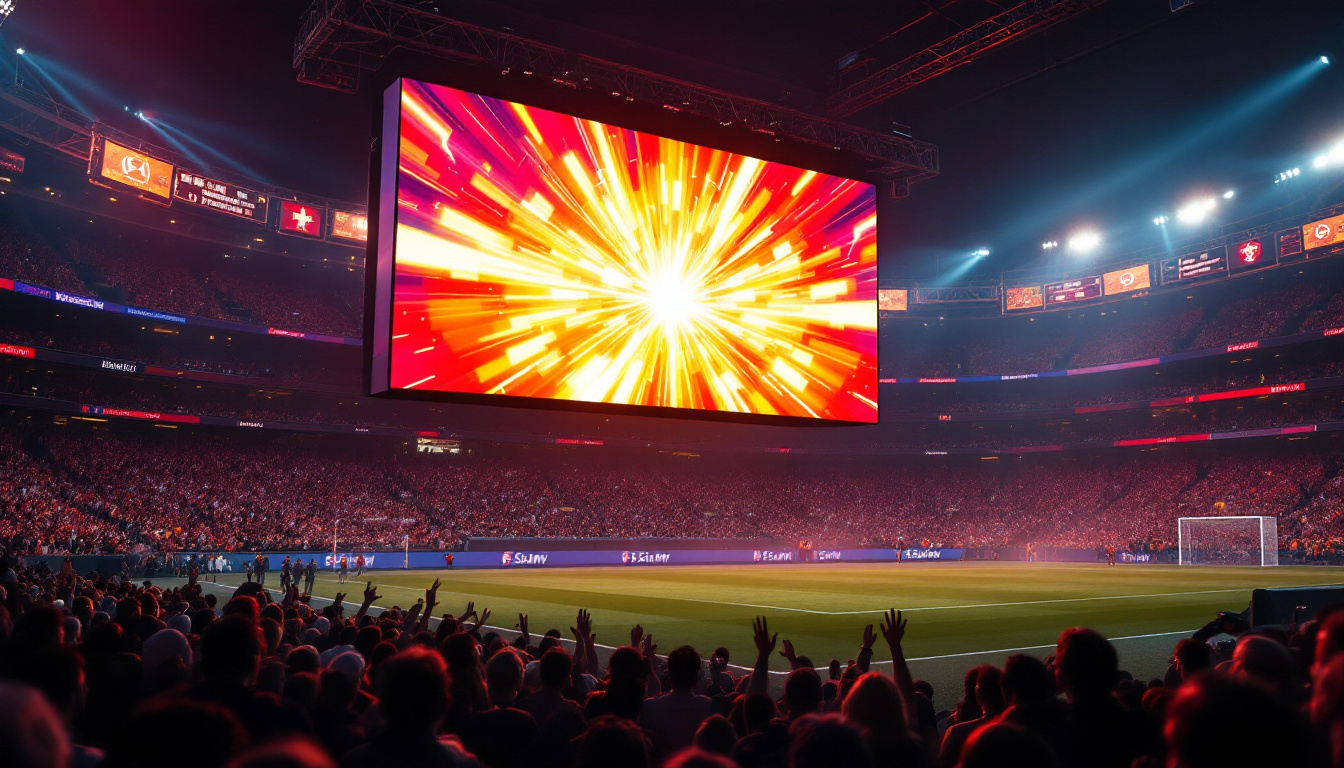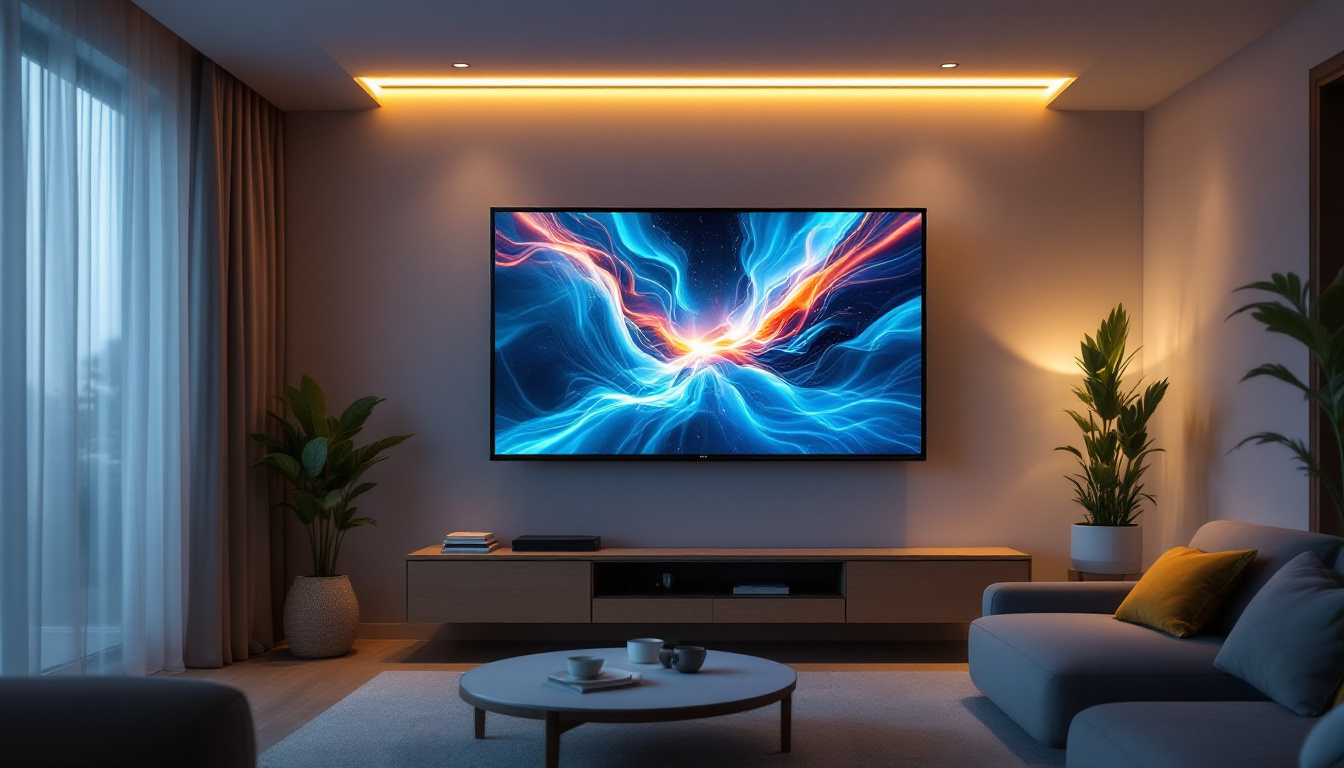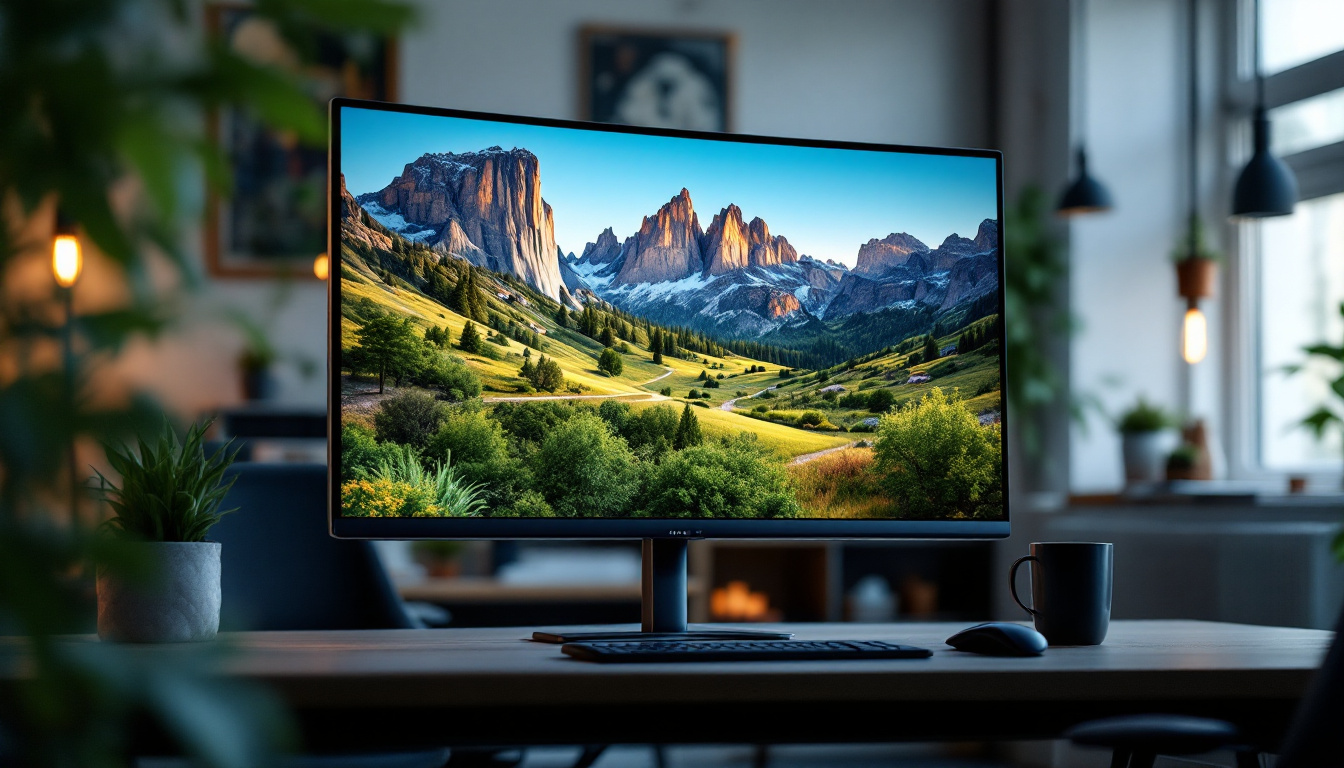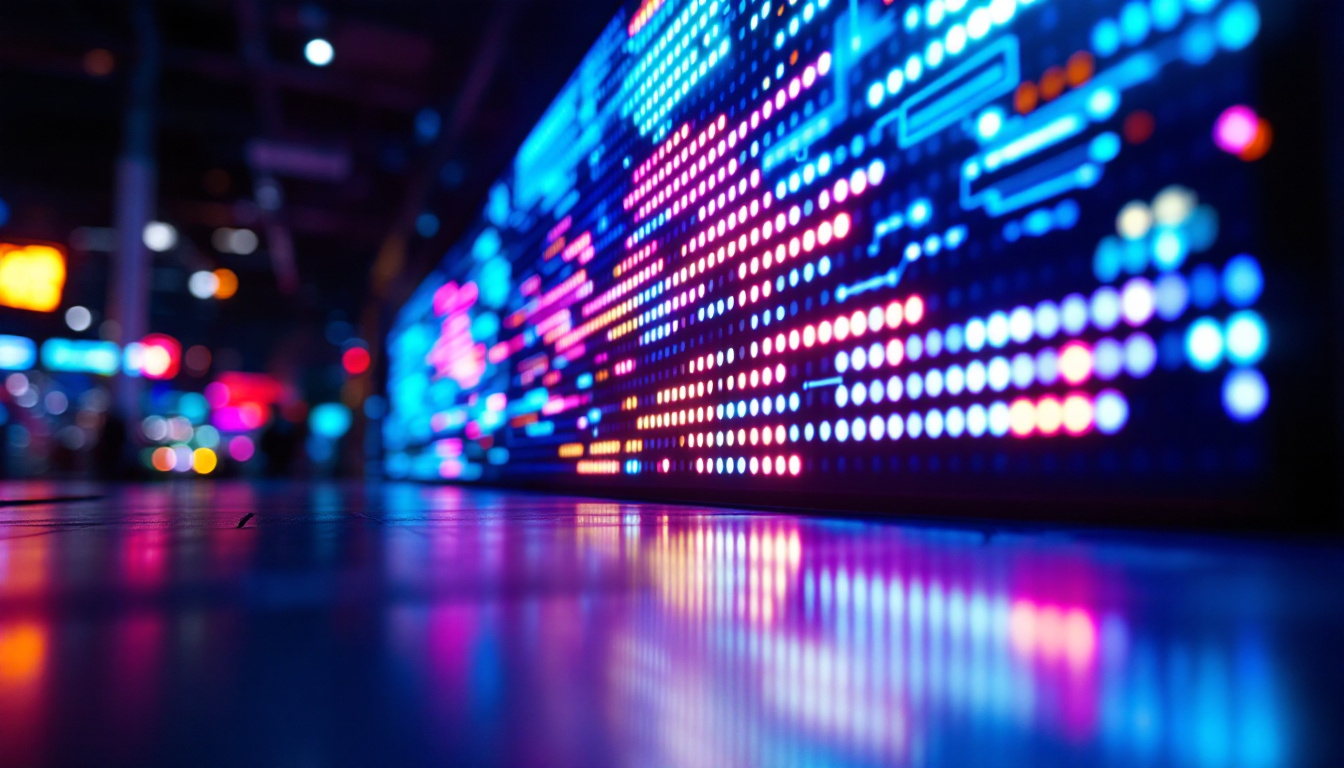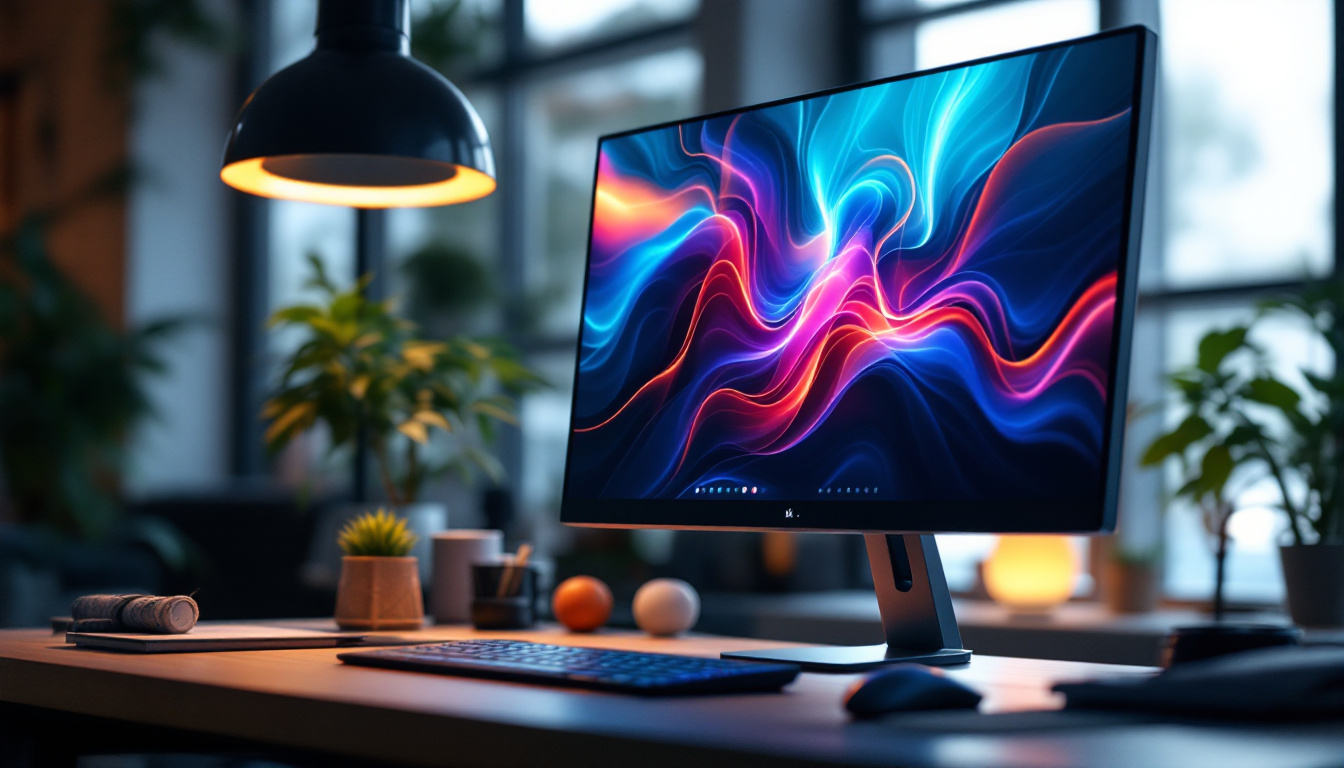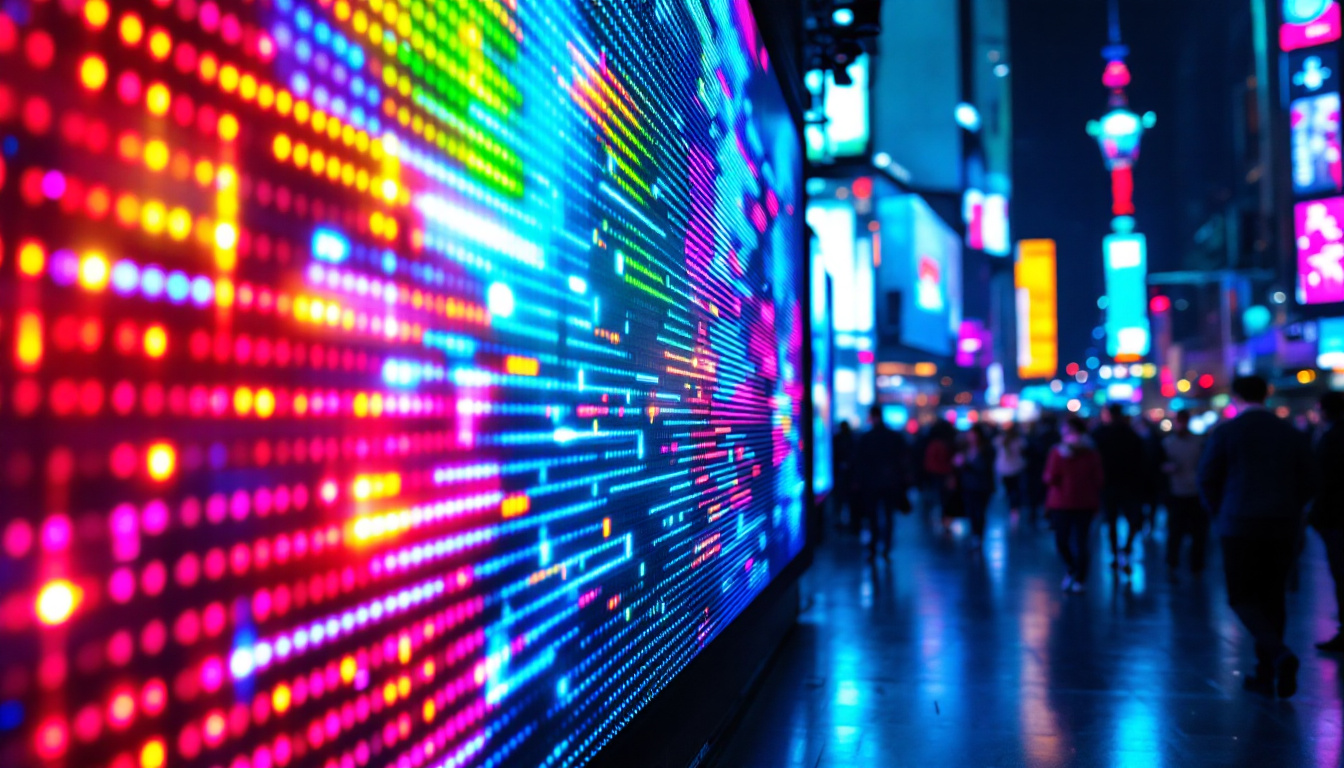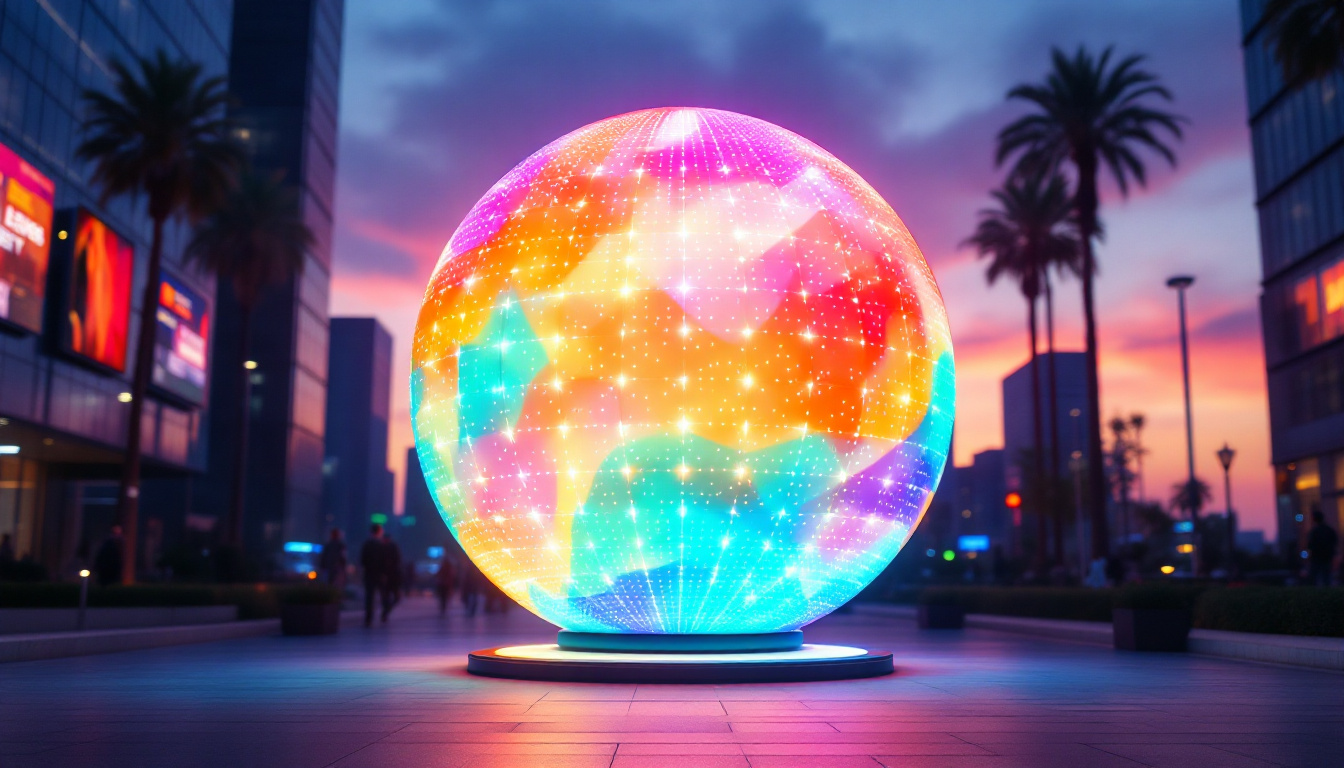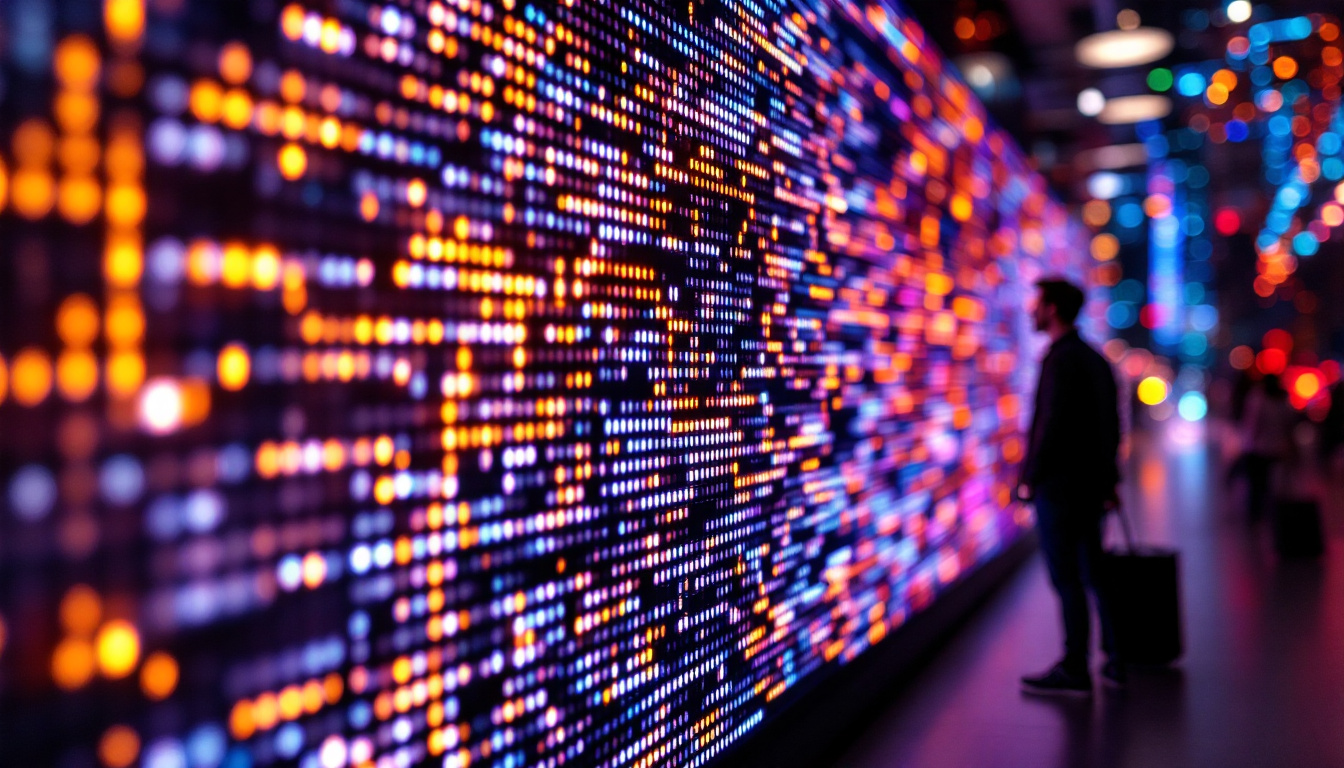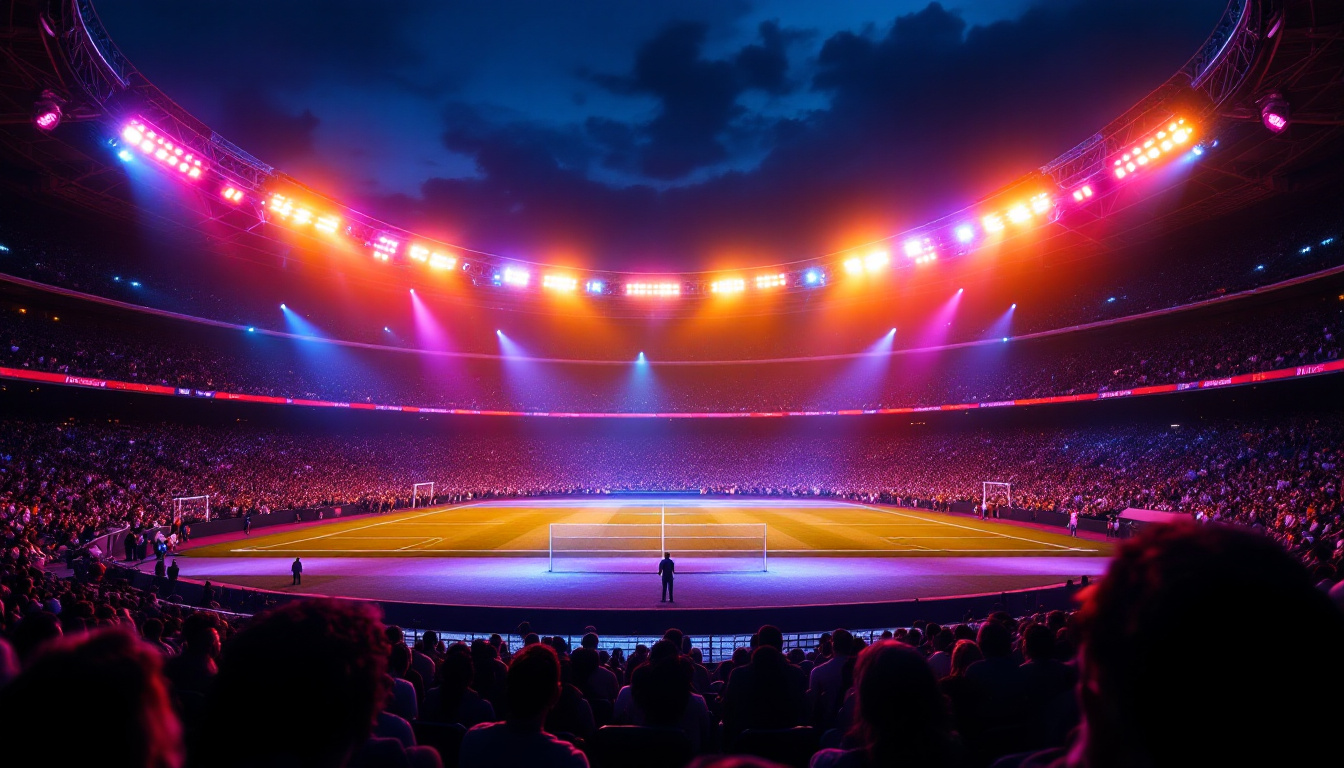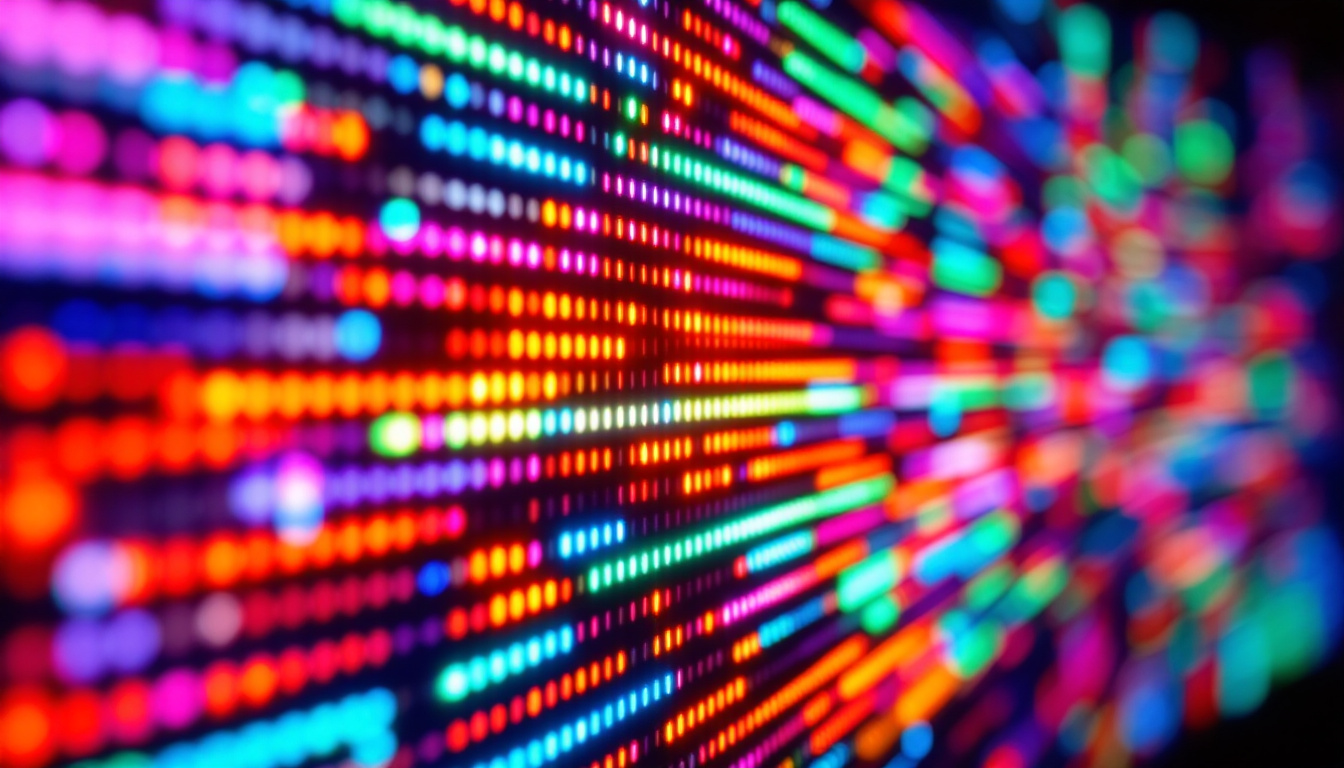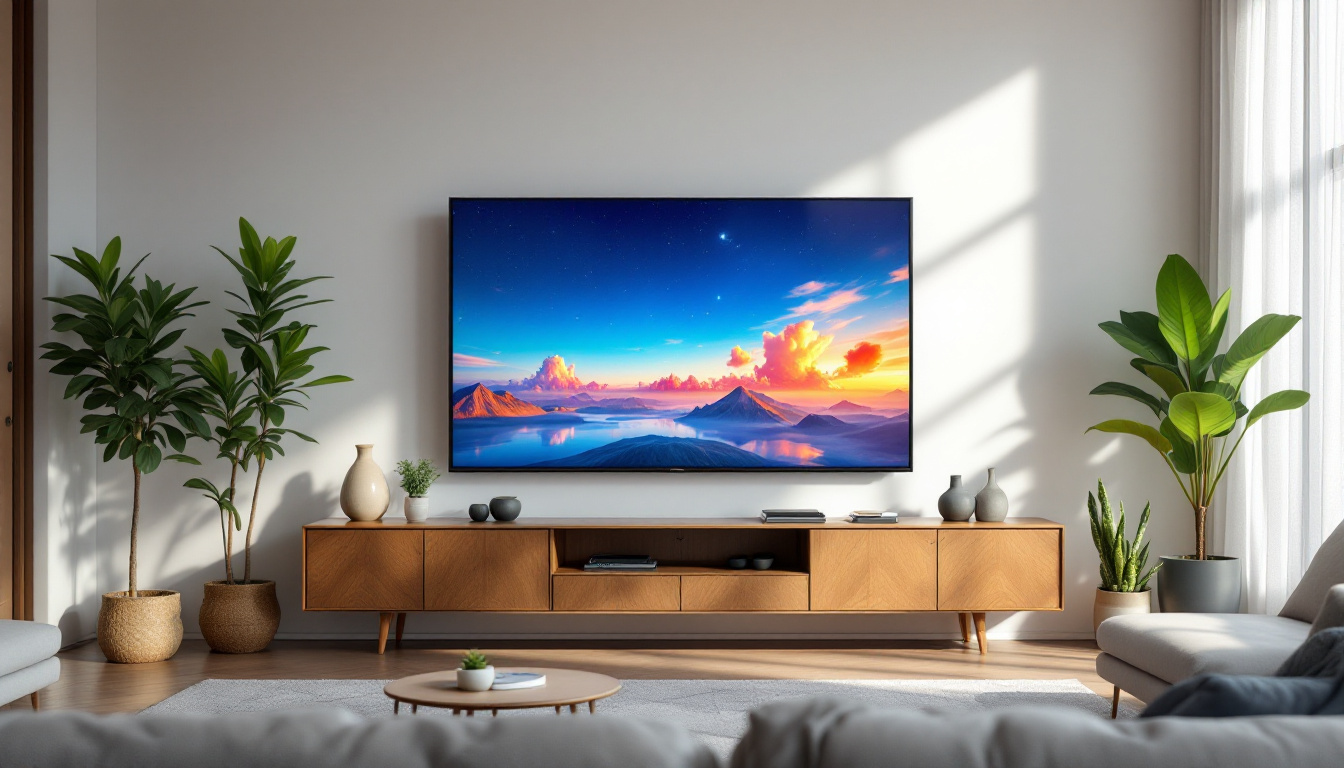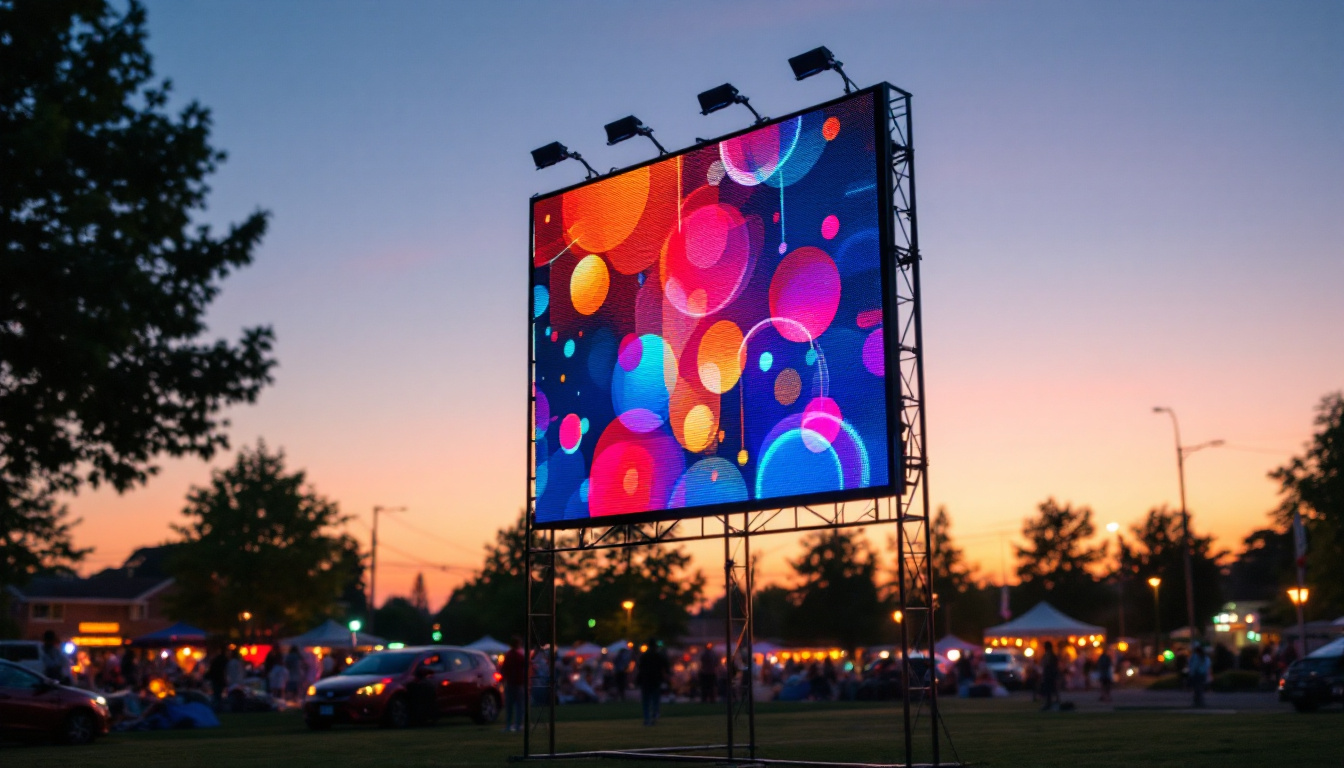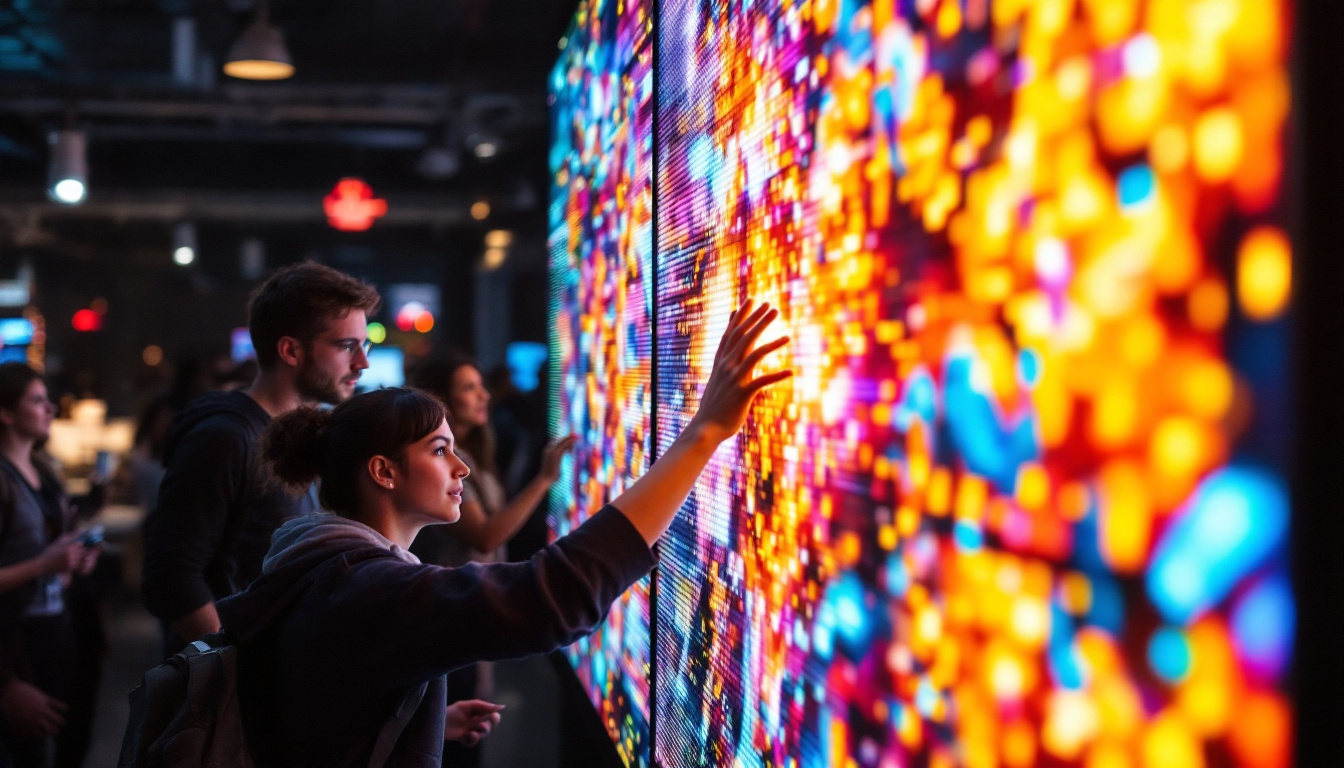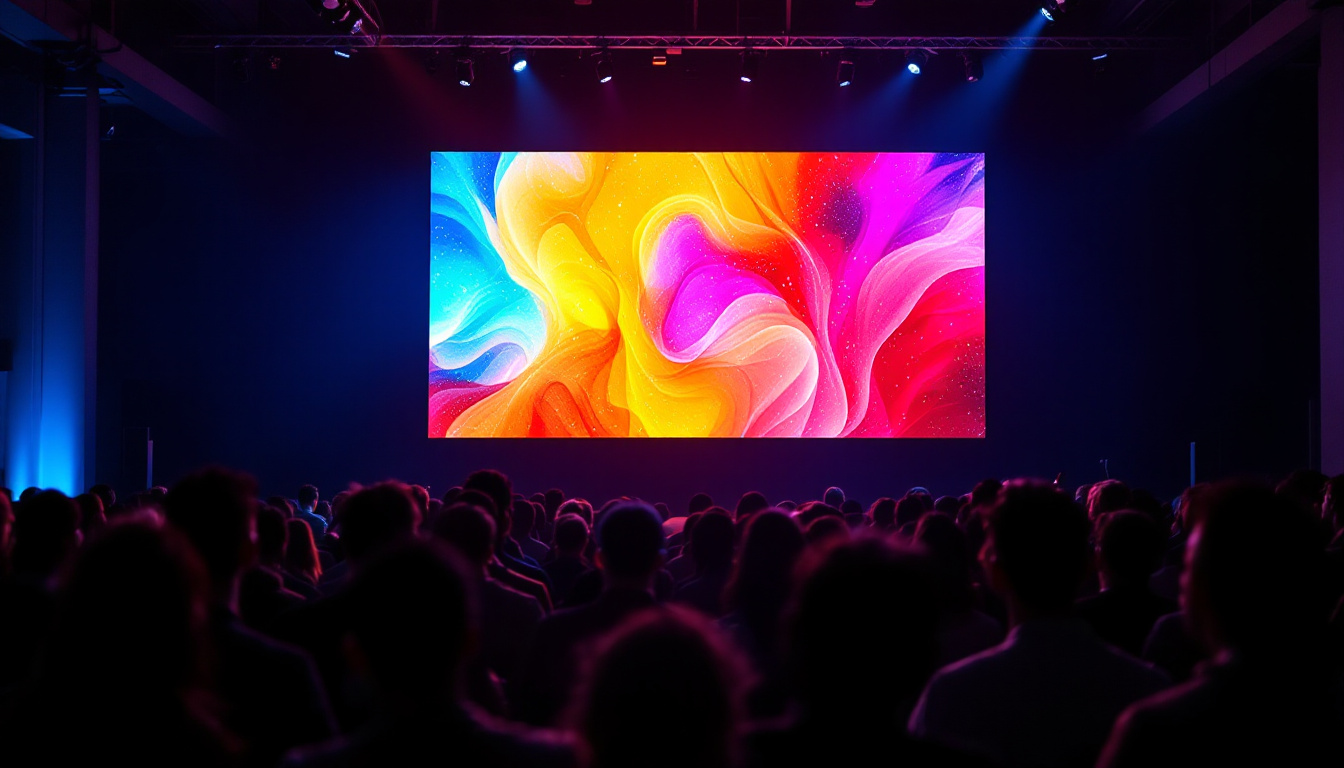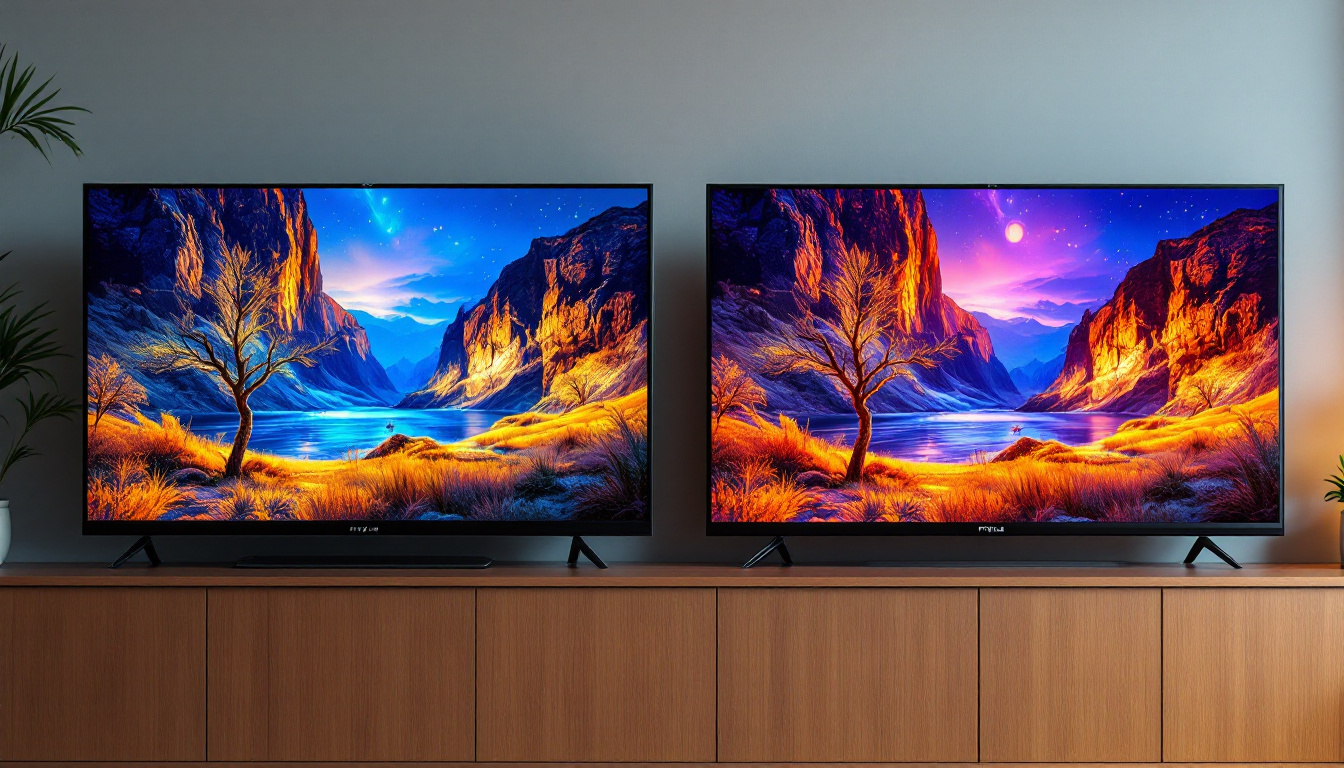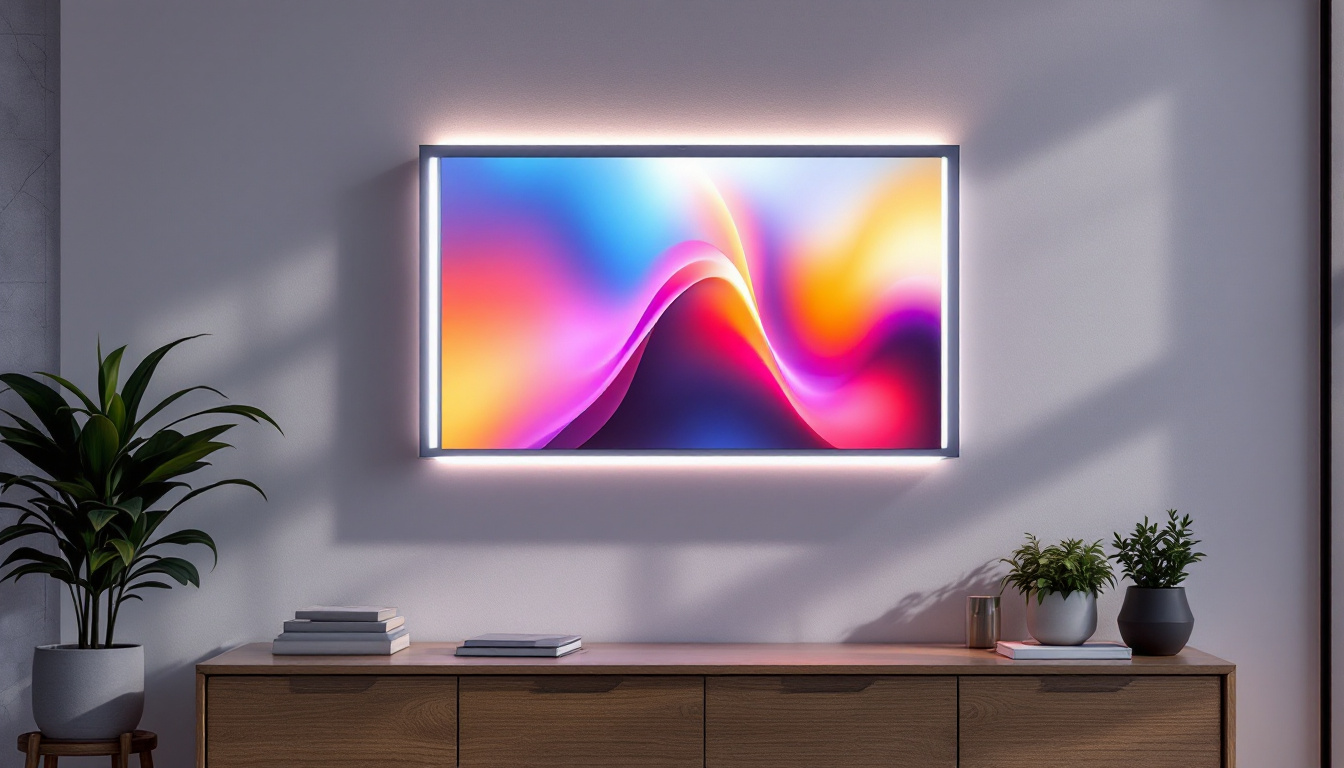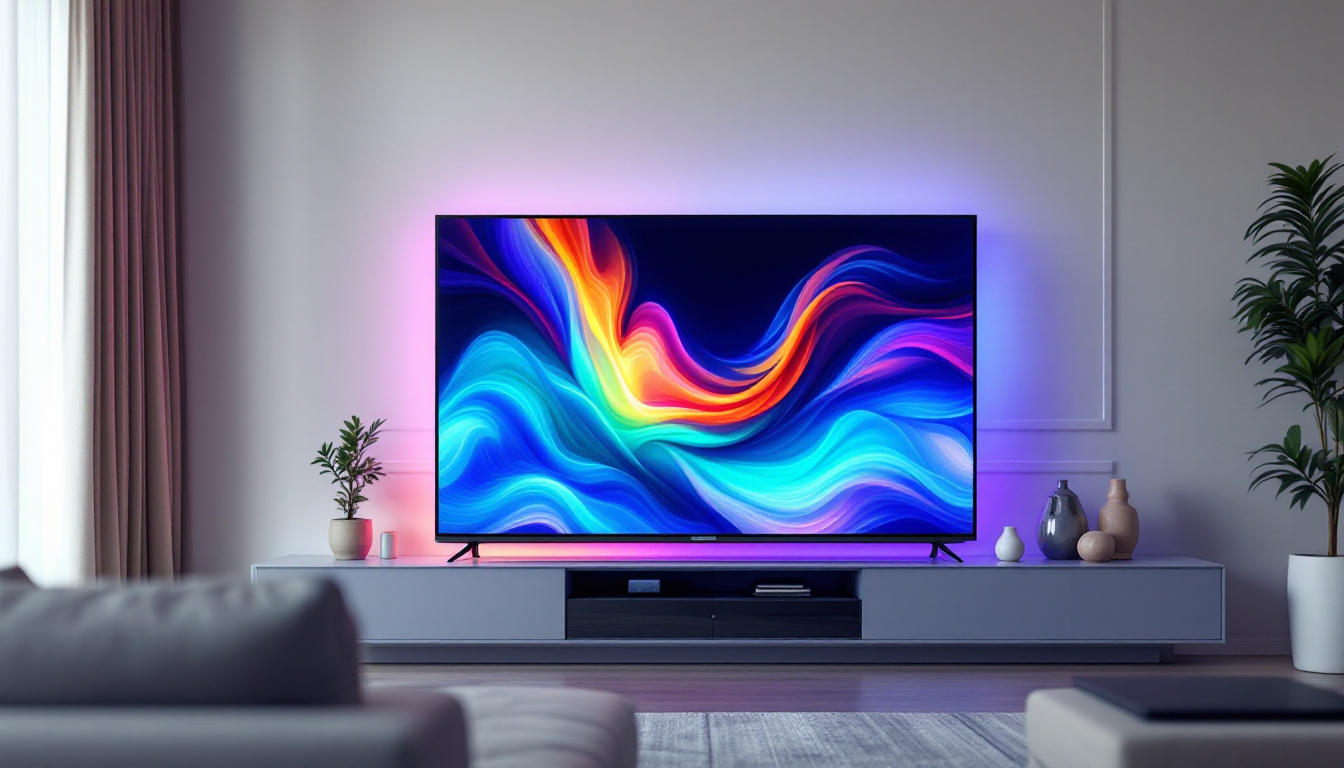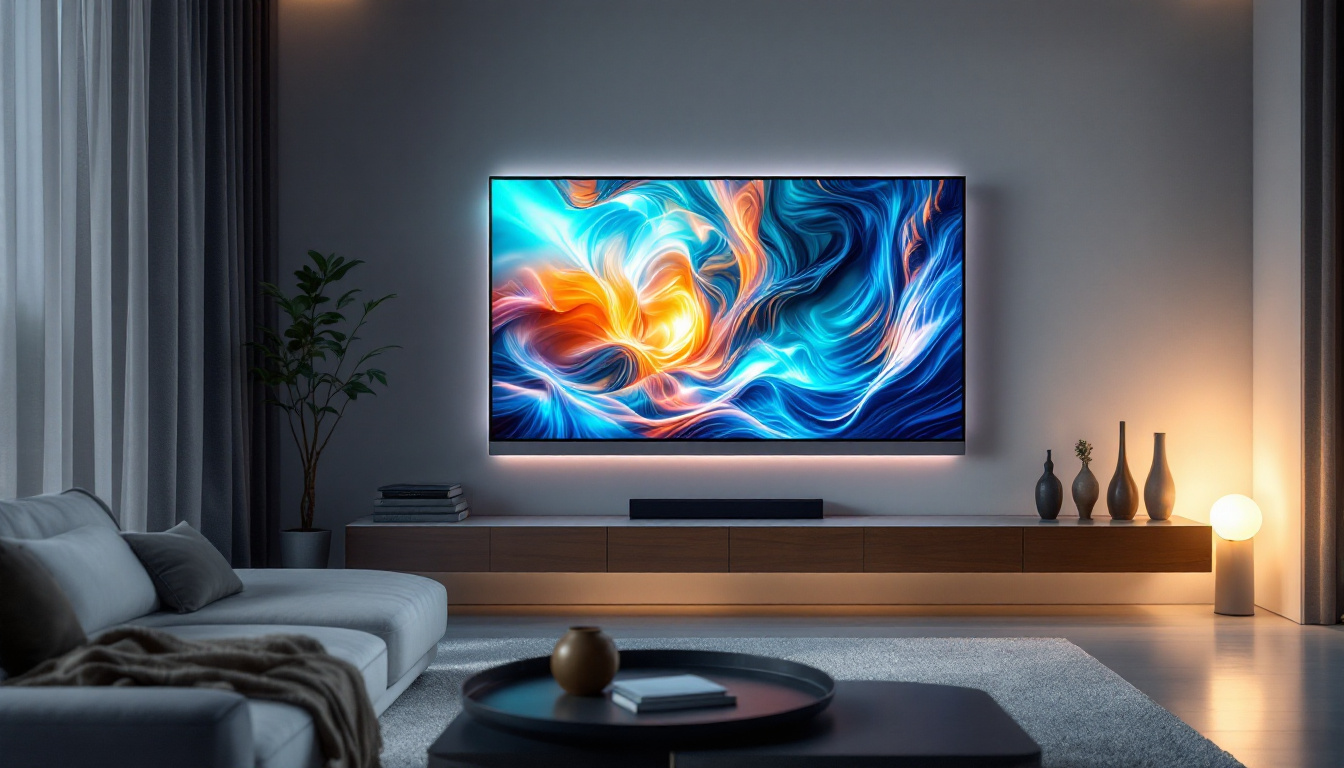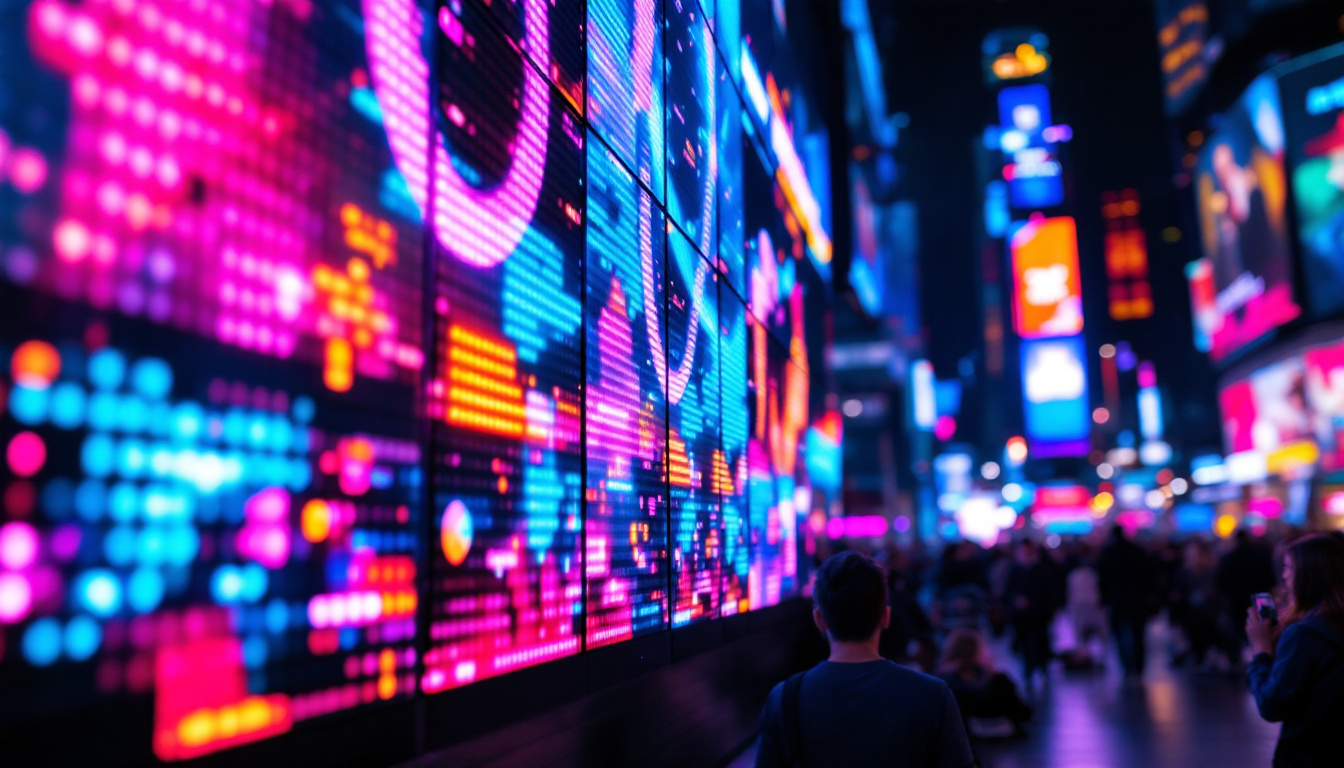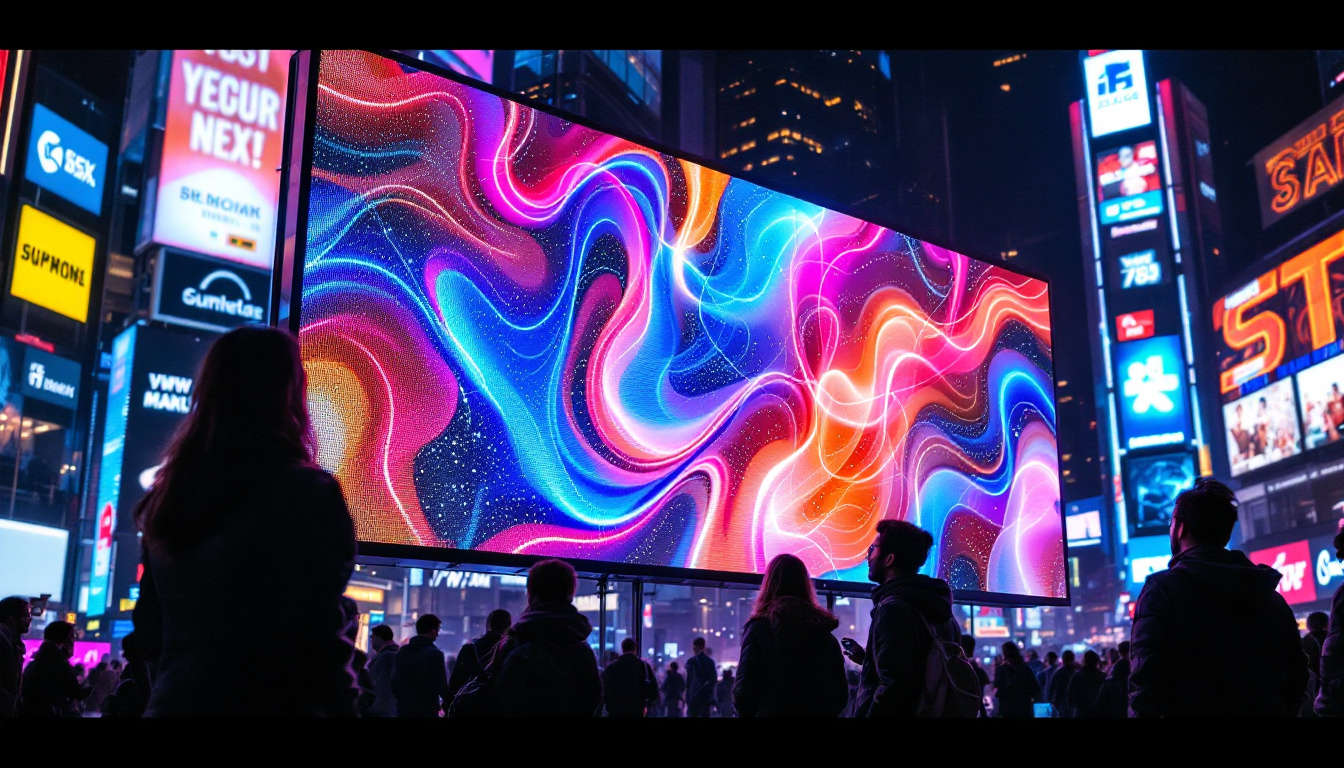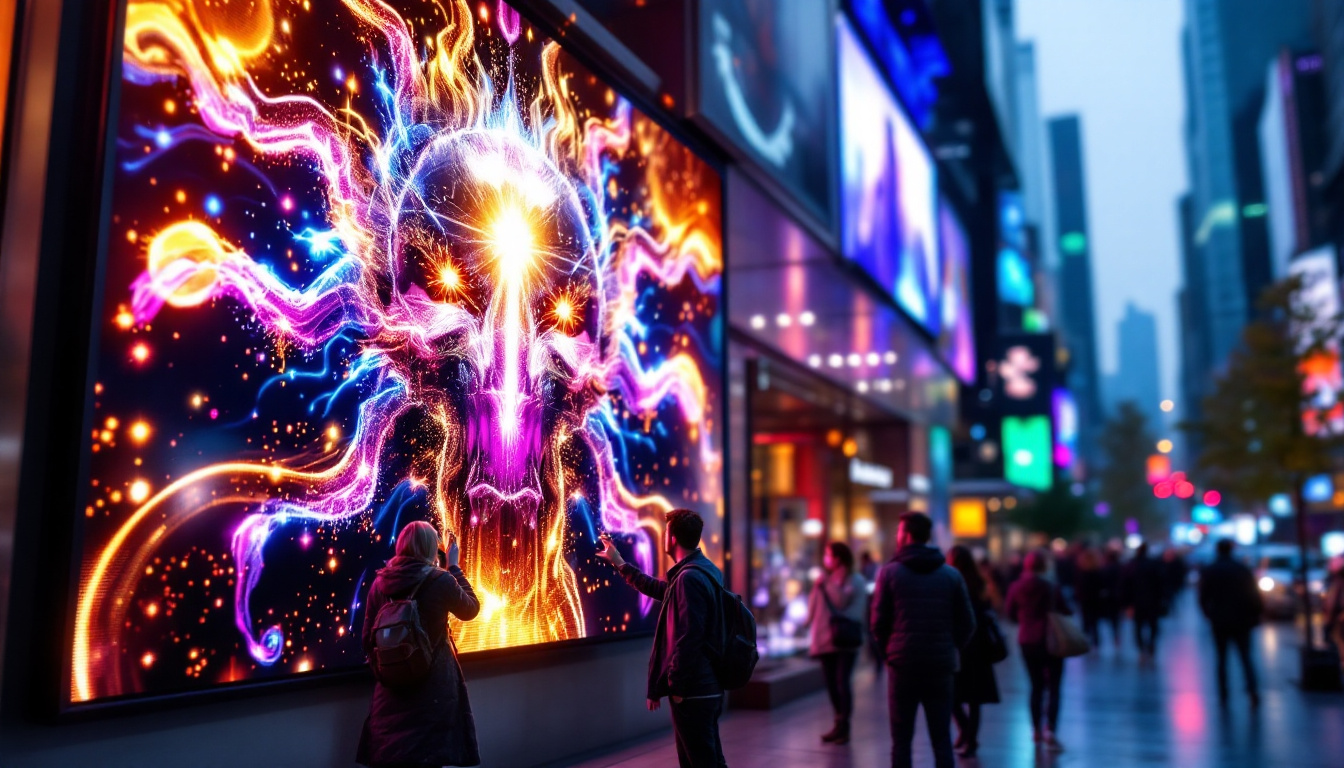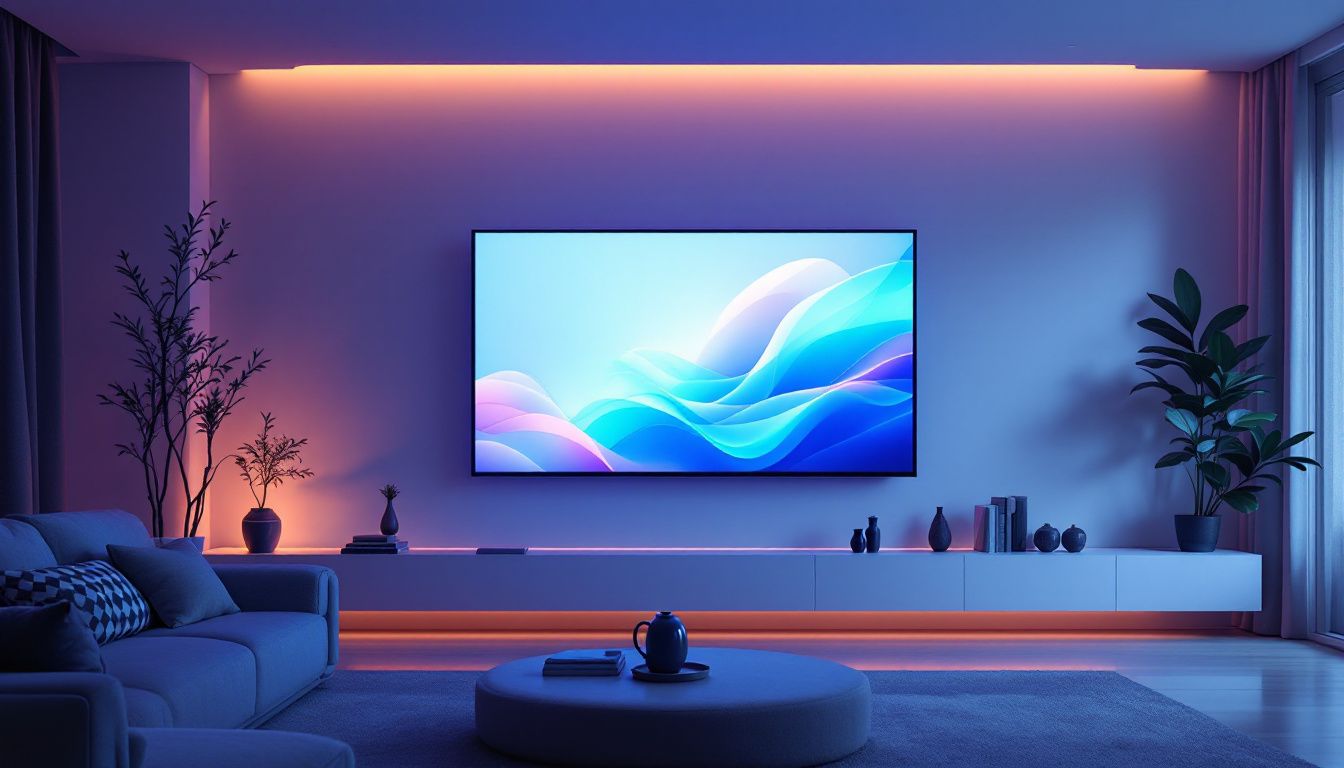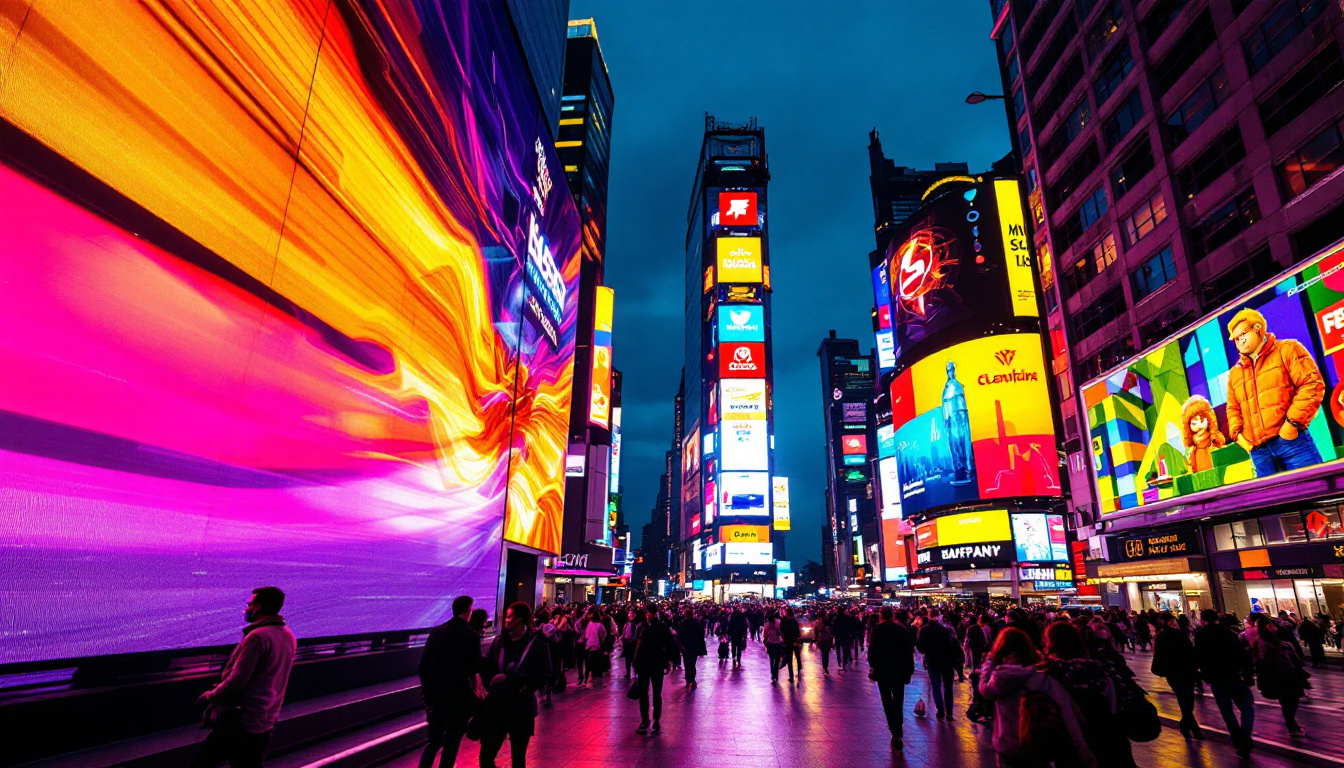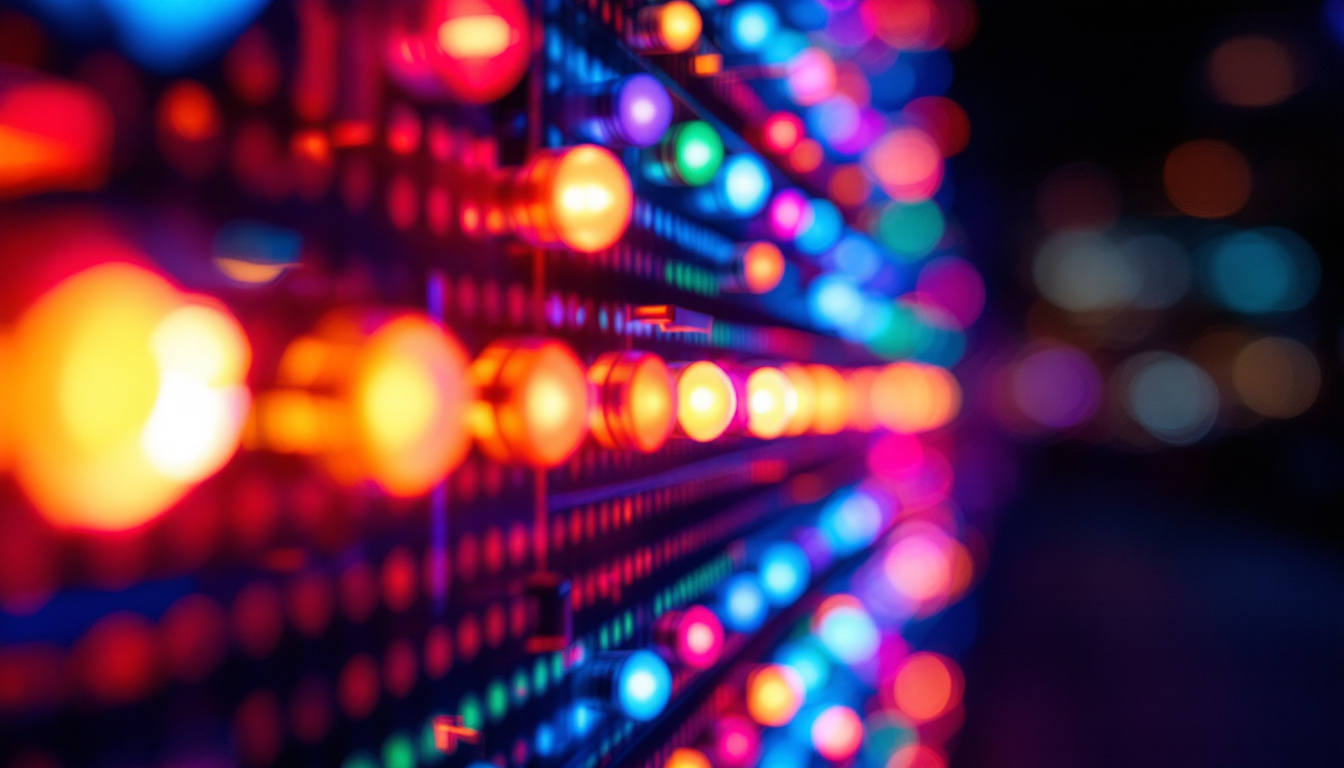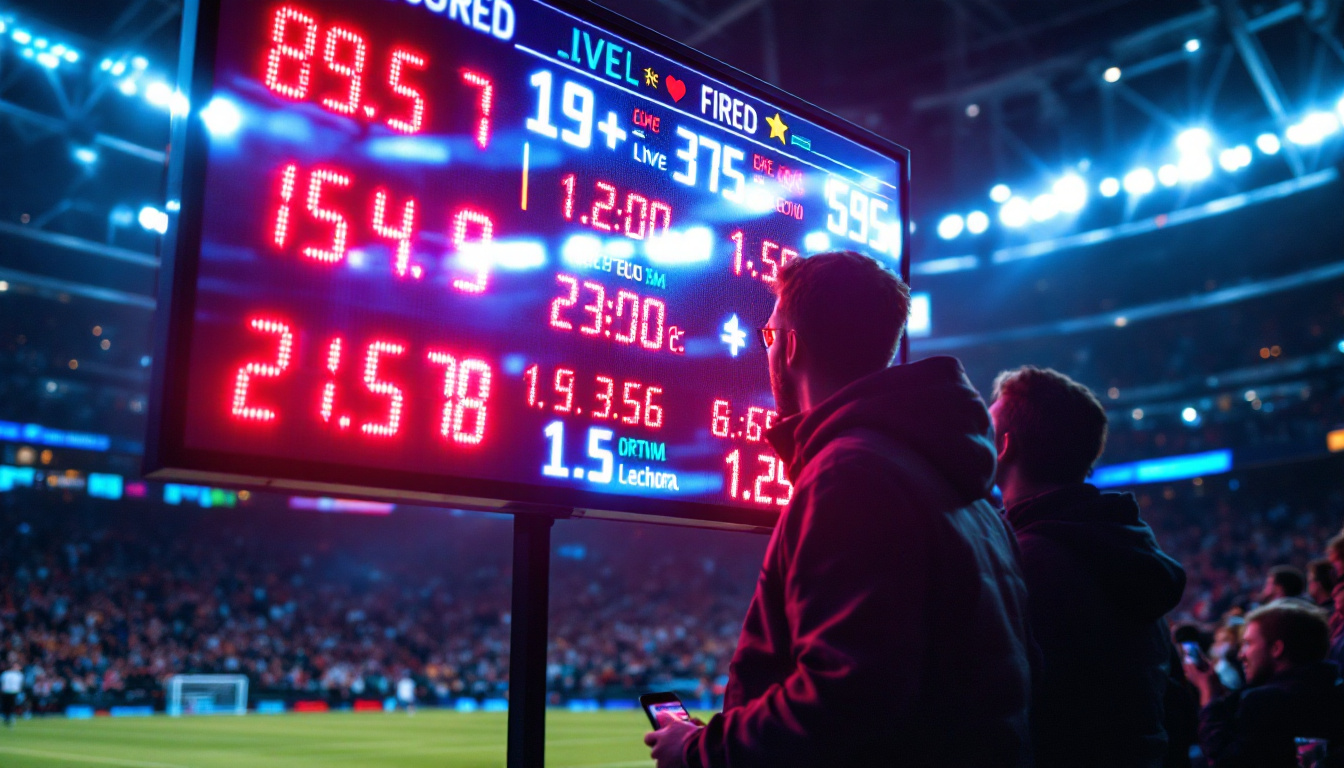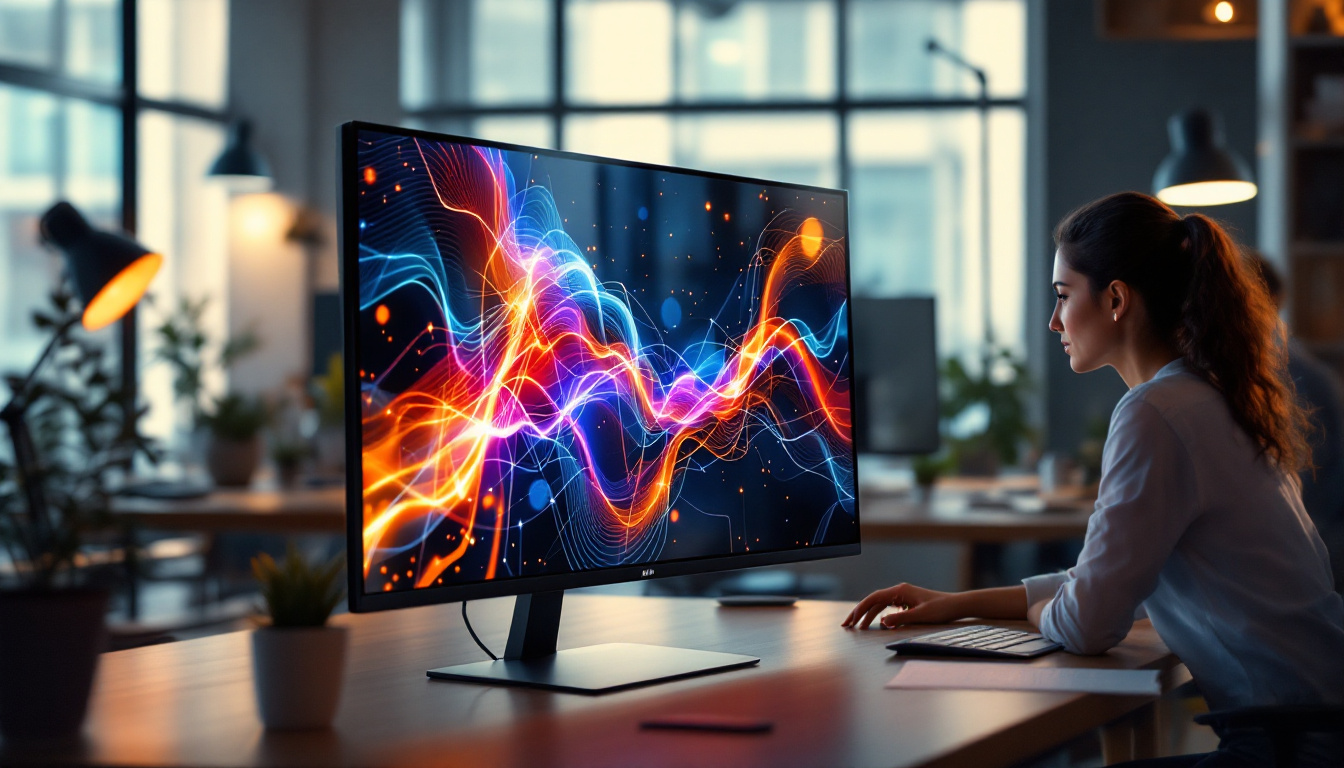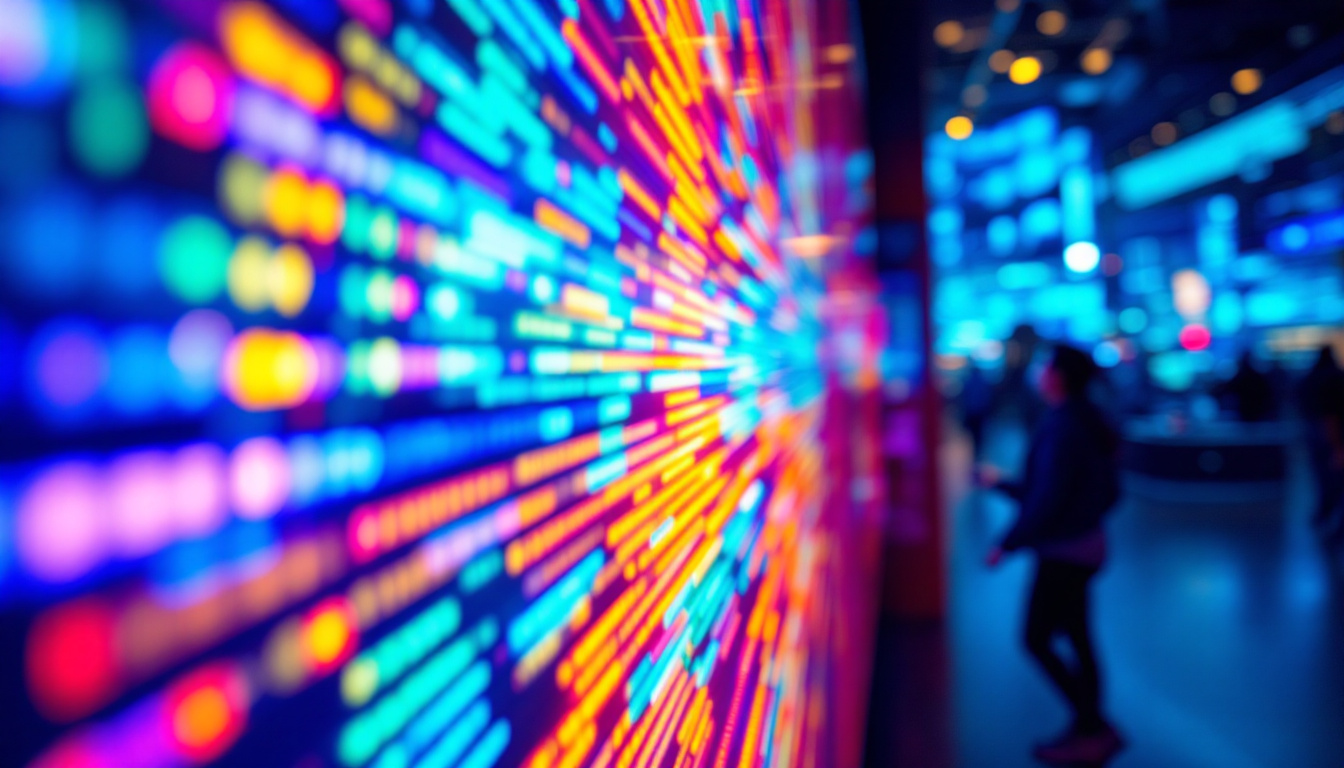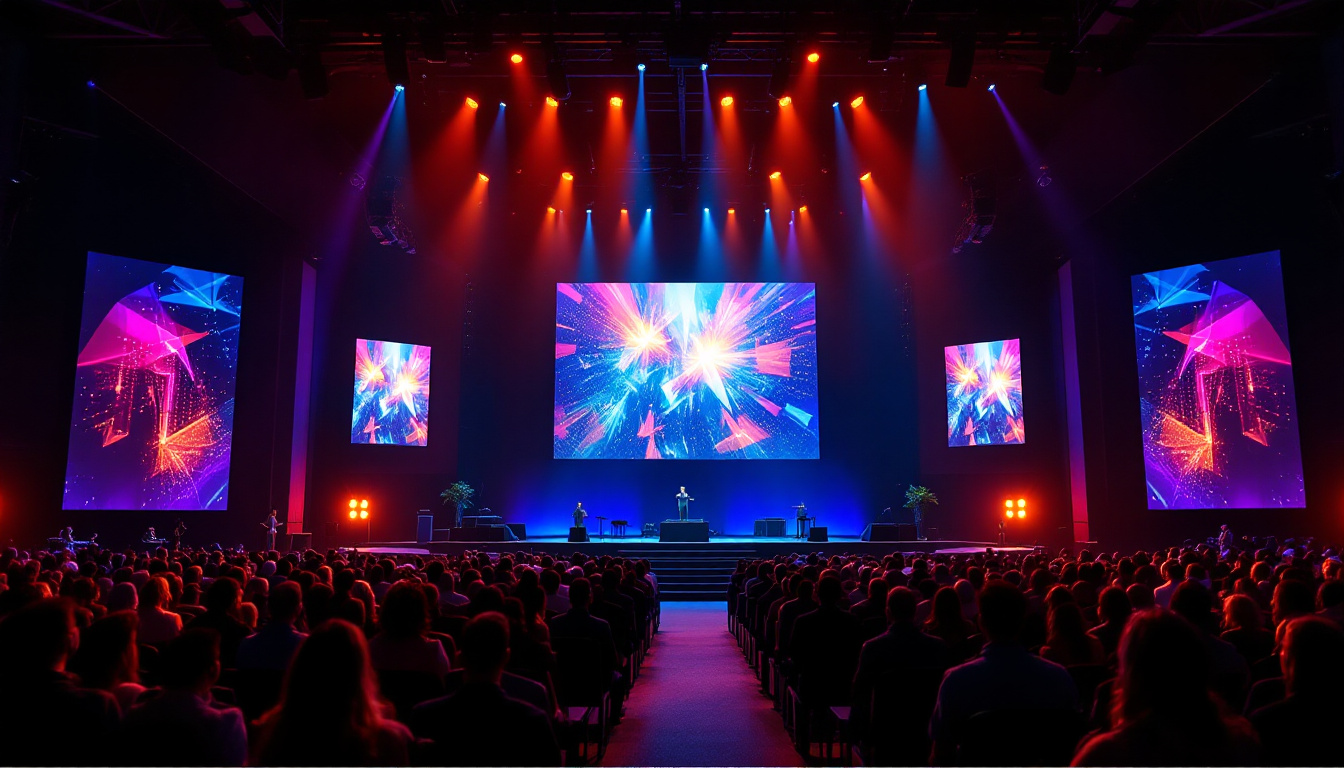In the world of sports, the visual experience plays a crucial role in engaging fans and enhancing the overall atmosphere of events. One of the most significant advancements in this area has been the introduction of LED displays, commonly referred to as sports LED screens. These screens have revolutionized how spectators interact with live sports, offering a dynamic and immersive viewing experience. This article delves into the intricacies of sports LED screens, exploring their technology, applications, and benefits.
Understanding LED Technology
Light Emitting Diodes (LEDs) are semiconductor devices that emit light when an electric current passes through them. This technology has evolved significantly over the years, leading to the development of high-quality LED displays that are now commonplace in sports venues. The transition from traditional lighting methods to LEDs has not only improved the quality of visual displays but has also contributed to energy efficiency and sustainability in the sports industry.
How LED Displays Work
LED displays consist of numerous small light-emitting diodes arranged in a grid. Each diode can produce different colors by adjusting the intensity of the electric current. By combining red, green, and blue (RGB) LEDs, a wide spectrum of colors can be achieved, allowing for vibrant and dynamic visuals. The technology behind these displays is not just limited to color production; it also involves advanced electronics that manage the brightness and contrast levels, ensuring that the visuals remain clear even in varying lighting conditions.
The arrangement of these diodes determines the resolution of the display. Higher resolution screens have more diodes packed closely together, resulting in sharper images and clearer text. This is particularly important in sports where quick movements and detailed graphics need to be displayed in real-time. Additionally, modern LED displays often incorporate features like high refresh rates and wide viewing angles, enhancing the spectator experience by providing consistent image quality from different vantage points within the venue.
Types of LED Displays
There are several types of LED displays used in sports, each serving different purposes. The most common types include:
- Indoor LED Displays: These are typically used in arenas and gyms, providing high-resolution visuals for close-up viewing. Their compact design allows for seamless integration into the architecture of the venue, often enhancing the overall aesthetic.
- Outdoor LED Displays: Designed to withstand weather conditions, these displays are larger and often used in stadiums to reach a broader audience. They are equipped with protective coatings and robust casings to ensure durability against rain, wind, and sunlight, making them ideal for outdoor events.
- Mobile LED Displays: These are portable screens that can be set up for events, offering flexibility in location and usage. Often mounted on trailers or trucks, they can be deployed for various occasions, from sports games to concerts, providing high-quality visuals wherever needed.
In addition to these types, there are also specialized LED displays such as scoreboards and video walls that enhance the viewing experience. Scoreboards often integrate real-time game statistics and player information, while video walls can create immersive environments, showcasing highlights and replays that captivate the audience. The versatility of LED technology continues to expand, with innovations like transparent LED screens and flexible displays paving the way for even more creative applications in sports and entertainment.
Applications of Sports LED Screens
Sports LED screens have a wide range of applications that enhance the viewer experience and provide valuable information to both fans and athletes. From displaying live scores to showcasing advertisements, these screens serve multiple purposes.
Live Game Coverage
One of the primary functions of sports LED screens is to provide live coverage of games. They display real-time scores, player statistics, and highlights, ensuring that fans are always in the loop. This is particularly beneficial in large stadiums where some spectators may have limited visibility of the action on the field.
Moreover, LED screens can present instant replays, allowing fans to relive exciting moments from the game. This feature not only enhances the viewing experience but also engages the audience, making them feel more connected to the event.
Advertising and Sponsorships
Sports LED screens are also a powerful tool for advertising and sponsorship. Brands can display their logos, promotional videos, and special offers during games, reaching thousands of potential customers in real-time. The dynamic nature of LED displays allows for engaging advertisements that capture the attention of fans.
Additionally, sponsors often use these screens to promote their products and services, creating a symbiotic relationship between sports teams and businesses. This not only generates revenue for the teams but also enhances the overall experience for fans through engaging content.
Fan Engagement and Interaction
Modern sports LED screens are not just passive displays; they can also facilitate fan interaction. Many venues incorporate social media feeds, allowing fans to see their posts and photos on the big screen. This creates a sense of community and encourages more fans to engage with the event both online and offline.
Some screens even feature interactive elements, such as polls or contests, where fans can participate in real-time. This level of engagement adds an exciting dimension to the sports experience, making it more memorable for attendees.
Benefits of Sports LED Screens
The adoption of LED screens in sports venues comes with numerous benefits that enhance the overall experience for fans, teams, and sponsors alike. Understanding these advantages can help stakeholders make informed decisions about investing in this technology.
Enhanced Visibility and Clarity
One of the most significant benefits of sports LED screens is their ability to provide enhanced visibility and clarity. The brightness and contrast of LED displays ensure that content is easily viewable, even in bright daylight conditions. This is particularly important for outdoor venues where sunlight can hinder visibility.
Moreover, the high resolution of modern LED displays allows for crisp images and clear text, making it easier for fans to follow the action and stay updated on scores and statistics. This clarity is essential for maintaining audience engagement throughout the event.
Cost-Effectiveness
While the initial investment in LED technology can be substantial, the long-term cost-effectiveness is undeniable. LED displays have a longer lifespan compared to traditional display technologies, reducing the need for frequent replacements. Additionally, they consume less energy, leading to lower operational costs over time.
Furthermore, the versatility of LED screens allows them to be used for various events beyond sports, such as concerts and community gatherings. This multi-purpose functionality maximizes the return on investment for sports venues.
Improved Atmosphere and Experience
Sports LED screens significantly contribute to the overall atmosphere of sporting events. The dynamic visuals and engaging content create an exciting environment that enhances the experience for fans. The ability to showcase highlights, player introductions, and fan reactions adds to the excitement of the game.
Moreover, the integration of LED screens into the venue’s design can create a more immersive experience. When combined with sound systems and lighting effects, LED displays can transform a standard sports event into a spectacular show, drawing in larger crowds and increasing fan loyalty.
Challenges and Considerations
Despite the numerous advantages of sports LED screens, there are also challenges and considerations that stakeholders must address before implementation. Understanding these factors can help ensure a successful integration of LED technology into sports venues.
Initial Investment and Installation
The upfront cost of purchasing and installing LED screens can be a significant barrier for some sports venues. Depending on the size and resolution of the display, costs can vary widely. This initial investment requires careful budgeting and planning to ensure that the long-term benefits outweigh the upfront expenses.
Additionally, the installation process can be complex, requiring specialized knowledge and expertise. Proper planning and execution are essential to avoid disruptions during installation and ensure that the screens function optimally once operational.
Maintenance and Upkeep
Regular maintenance is crucial to keep LED displays in top condition. This includes routine cleaning, software updates, and addressing any technical issues that may arise. Neglecting maintenance can lead to decreased performance and a shorter lifespan for the displays.
Moreover, venues must have a plan in place for dealing with potential malfunctions during events. Having a dedicated technical team on-site can help minimize downtime and ensure a seamless experience for fans.
The Future of Sports LED Screens
The future of sports LED screens looks promising, with ongoing advancements in technology and design. As the demand for immersive experiences continues to grow, LED displays are likely to become even more integral to the sports industry.
Innovations in Display Technology
Emerging technologies such as MicroLED and OLED are paving the way for even more advanced LED displays. These technologies offer improved color accuracy, contrast ratios, and flexibility in design, allowing for more creative applications in sports venues.
Additionally, the integration of augmented reality (AR) and virtual reality (VR) with LED displays can enhance the fan experience further. Imagine being able to see real-time statistics overlaid on the field or accessing interactive content through personal devices while watching the game on a large screen.
Increased Focus on Sustainability
As environmental concerns become more pressing, the sports industry is increasingly focusing on sustainability. LED technology is already more energy-efficient than traditional displays, but future innovations may lead to even greener solutions.
Recycling and repurposing old LED screens, along with using sustainable materials in their production, could become standard practices. This shift not only benefits the environment but also appeals to a growing demographic of eco-conscious fans.
Conclusion
Sports LED screens have transformed the way fans experience live events, offering dynamic visuals, real-time information, and engaging content. As technology continues to evolve, these displays will play an even more significant role in enhancing the atmosphere of sports venues and fostering fan engagement.
While challenges such as initial investment and maintenance exist, the benefits of LED displays far outweigh the drawbacks. With ongoing innovations and a focus on sustainability, the future of sports LED screens is bright, promising an even more immersive and engaging experience for fans around the world.
Discover the Future of Visual Experience with LumenMatrix
Ready to elevate your venue’s atmosphere and engage fans like never before? LumenMatrix is at the forefront of LED display technology, offering a wide array of innovative solutions tailored to your needs. From Indoor and Outdoor LED Wall Displays to cutting-edge LED Sports Displays and beyond, our products are designed to transform your visual communication and captivate your audience. Don’t miss out on the opportunity to revolutionize your space. Check out LumenMatrix LED Display Solutions today and step into the future of immersive experiences.

